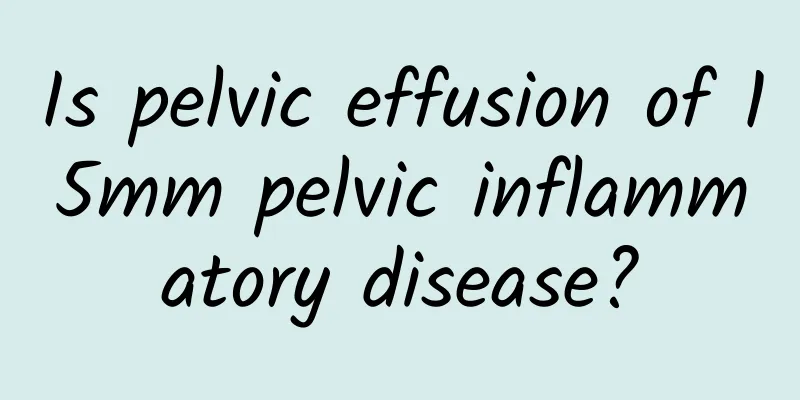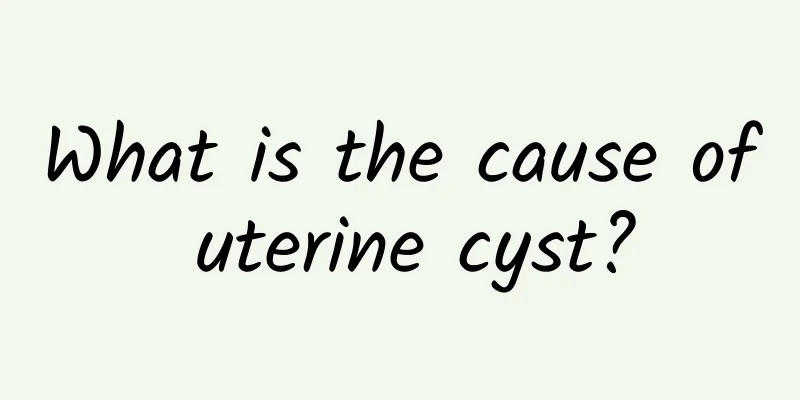How to treat functional uterine bleeding

|
Treatments for functional uterine bleeding include medication, surgery, and lifestyle adjustments. The specific choice depends on the cause and the patient's condition. Common causes include endocrine disorders, endometrial abnormalities, and psychological stress. 1. Drug treatment is the first choice for functional uterine bleeding. Oral contraceptives such as norethindrone and medroxyprogesterone acetate can regulate hormone levels and reduce bleeding. Hemostatic drugs such as tranexamic acid and phensulfonamide can quickly control bleeding. Traditional Chinese medicine conditioning such as motherwort and angelica has the effects of promoting blood circulation, removing blood stasis, regulating menstruation and stopping bleeding, and is suitable for long-term conditioning. 2. Surgical treatment is suitable for patients who are ineffective with drug treatment or whose condition is severe. Endometrial resection reduces bleeding by removing part of the endometrium. Uterine artery embolization blocks blood flow in the uterine artery to stop bleeding. Hysterectomy is the last resort and is suitable for patients who have no fertility needs and are in a serious condition. 3. Lifestyle adjustment is crucial to the recovery of functional uterine bleeding. Maintain a regular work and rest schedule, avoid staying up late and overwork. Eat more iron-rich foods such as lean meat and spinach to prevent anemia. Appropriate exercise such as yoga and walking can help relieve stress and improve endocrine function. The treatment of functional uterine bleeding requires comprehensive consideration of the cause and the patient's condition. Drug treatment is the first choice, surgical treatment is suitable for severe cases, and lifestyle adjustments can help recovery. Patients should actively cooperate with doctors for treatment, have regular follow-up examinations, and adjust treatment plans in a timely manner to achieve the best treatment effect. |
<<: Will cervical polyps disappear on their own after menopause?
>>: Will cervical erosion lead to cancer if it is not treated for a long time?
Recommend
What are the reactions of ovarian cysts
What are the reactions of ovarian cysts? Ovarian ...
Daily care measures for pelvic inflammatory disease
I believe everyone should be aware of the high in...
Prevention and care of pelvic inflammatory disease
Prevention and care of pelvic inflammatory diseas...
If a girl has small pimples on her private parts, you must not ignore these four reasons!
I accidentally found a few small bumps on my vulv...
How to regulate irregular menstruation for women? Teach you how to properly solve the troubles of irregular menstruation
Irregular menstruation is one of the common disea...
What are the common causes of threatened miscarriage?
What are the common causes of threatened abortion...
Does losing a uterus affect sexual intercourse? Doctors admit: Satisfaction is actually increased
In this fast-paced modern life, who doesn't h...
What causes cervicitis? How to effectively treat cervicitis?
The incidence of cervicitis among gynecological d...
What are the symptoms of multiple uterine fibroids?
What are the symptoms of multiple uterine fibroid...
Is pelvic mass adenomyosis?
A pelvic mass is not necessarily a symptom of ade...
The dangers of bacterial vaginosis that female friends need to pay attention to
Bacterial vaginitis is a gynecological disease th...
What are the causes of menopause?
Generally speaking, menopause only occurs in post...
What is cervicitis?
There are many causes of cervicitis, so what are ...
Do I need surgery for an ectopic pregnancy that lasts more than a month?
Ectopic pregnancy generally refers to ectopic pre...
What medicines can treat Bartholinitis?
What drugs can treat Bartholinitis? In the early ...









